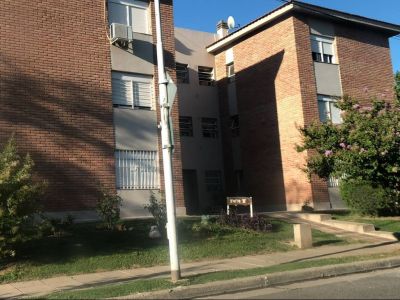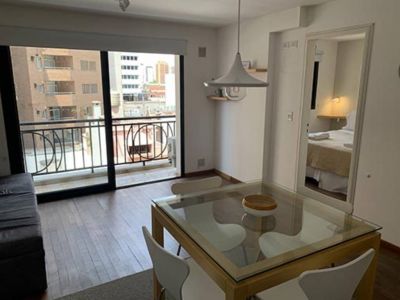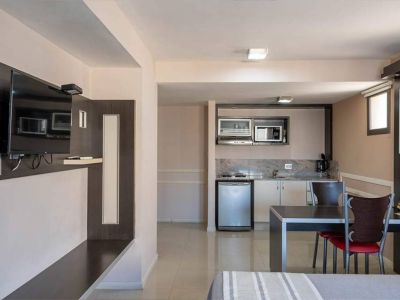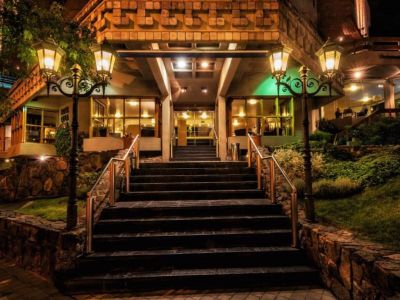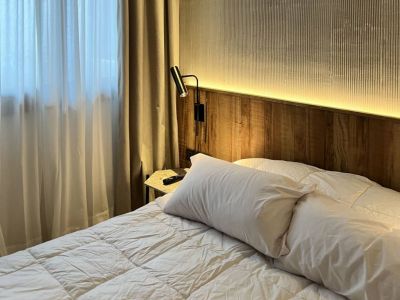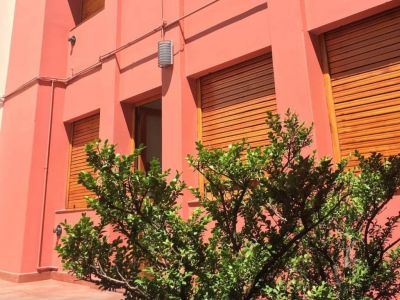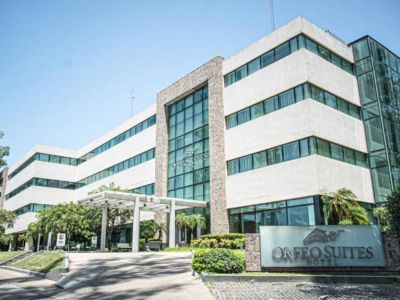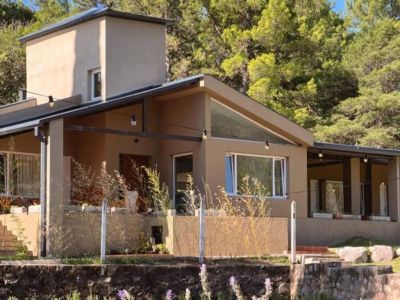Mystic and enticing, the City of Córdoba encloses sites of remarkable historical and cultural richness that go beyond what meets the eye. The Jesuit crypt of the old novitiate is a faithful reflection of this.
Touring around the City of Córdoba, among its noisy streets, we came across a tunnel resembling the typical underground entrance. As we knew this means of transportation does not work in the capital of the Mediterranean province, we wanted to find out about these stairs that got deep into the very heart of the city.
Thus, and feeling totally amazed, we entered in the Jesuit crypt of the old novitiate, a singular building which dates back from the early XVIII century and was rediscovered almost by accident in 1989.
We were welcomed by Daniela, one of the guides at the site, who told us everything about this place. As we entered the depths of the crypt, a dense atmosphere surrounded us, generating a kind of “magic” that made us pay special attention to our hostess.
“The crypt was built during the early XVIII century as a praying site for the Jesuit priests” - Daniela informed.
We did not take long to bring back the most fascinating part of the city's social, cultural and religious history, as we realized that we were before one of the most ancient buildings in South America since the moment it was colonized.
As we went around it, we were impressed by its thick walls of non-carved stone; the building has a simple structure joined together with mortar (a mixture of lime, sand and cactus sap). The very thought of these giant blocks being carried by the Comechingones Indians from the mountain range brings out the importance of the works and evidences the power the Jesuits would exert over the natives.
According to the historical records of the ancient religious order, this place could have been the chosen site to raise the church that today lies in the Jesuit Block. However, after the works began, a decision was made to build it at the location where it stands today, leaving these foundations for a chapel. The fact that the crypt has three aisles implies such a suspicion.
With the suppression of the Jesuits from America, this site passed onto the hands of the order of the Bethlehemite priests. “In the year 1820, an epidemic of cholera hit the city and the ancient chapel was arranged as a burial crypt for the bodies that had suffered from this disease; that is the origin of its name” - the guide explained.
We touched the walls and went around every inch of the place trying to unveil another of its many secrets. We watched the vaulted niches used for praying, we passed by the temporary vault where the corpses would be deposited and covered with lime and, with total amazement, we stopped at the wall of tears, where the humidity from the Suquía River underground sheet of water comes out drawing real tears on the rocks.
Nowadays, the crypt is used as a space for artistic exhibitions, lectures and, as a result of its good acoustics, theater performaces are presented there.
Before the tour ended, Daniela lowered her voice. As if she was telling us a secret, she said that some years ago, the place had been invaded by a white smoke which spreaded from the floor up to two meters of height. Everyone there got terrified and closed the crypt. The following day, they opened it again and found that all the tiles on the floor had been detached as if they had been floating in the air. An unveiled enigma is locked inside the crypt and, although some people affirm that this phenomenon could have been generated by the gas given off by the buried bones, others more esoterically assert that it was the ghosts of those who were buried during the epidemics who had returned in search for their bodies.
We chose to believe the second explanation, which is more attractive for visitors. In the end, this is nothing more than one of the so many tales from the crypt of this mysterious and ancient Argentinian city.
Marcelo Sola
Marcelo Sola
Phone: +54 351-4245341





